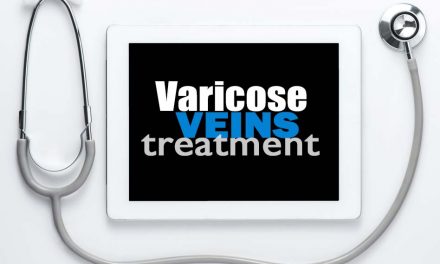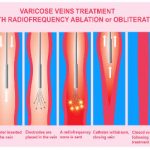
Learn How Varicose Veins are Treated Worldwide

Although doctors and patients in the United States often complain about our health care system, we should consider how good we have it in some regards.
To explore this concept, we need merely to compare how varicose veins are treated in this country and throughout the world. The American Recovery and Reinvestment Act of 2009 allocated $1.1 billion for cost effectiveness research. In 2010, U.S. health reform legislation established an ongoing national program in the Patient-Centered Outcomes Research Institute. Varicose vein treatment was examined closely because of the large number of patients with varicose veins.
They compared multiple strategies for treating varicose veins including traditional surgery, inpatient, day case, ultrasound guided sclerotherapy (injections), laser surgery, and conservative care with support stockings. Although ultrasound guided injections (sclerotherapy) had the lowest initial cost, but this was offset by high expected rates of retreatment needed as early as three months with its resulting increased cost burden to our health care system. Laser was approved as cost effective in our country when saphenous vein reflux is present (as is seen in most cases). In the final analysis, treatment selection is influenced by clinical outcomes, safety, literature and cost issues.

Luckily in the U.S., stripping is being done less and less resulting in this painful procedure being restricted to rural areas and smaller hospitals where the laser approach has not yet penetrated. We are fortunate that our health care systems supports laser treatment of varicose veins. Laser has no scarring, is less invasive, less painful, safer, and has superior long term results. If you have any questions about laser for varicose veins, call us at 724-987-3220.









